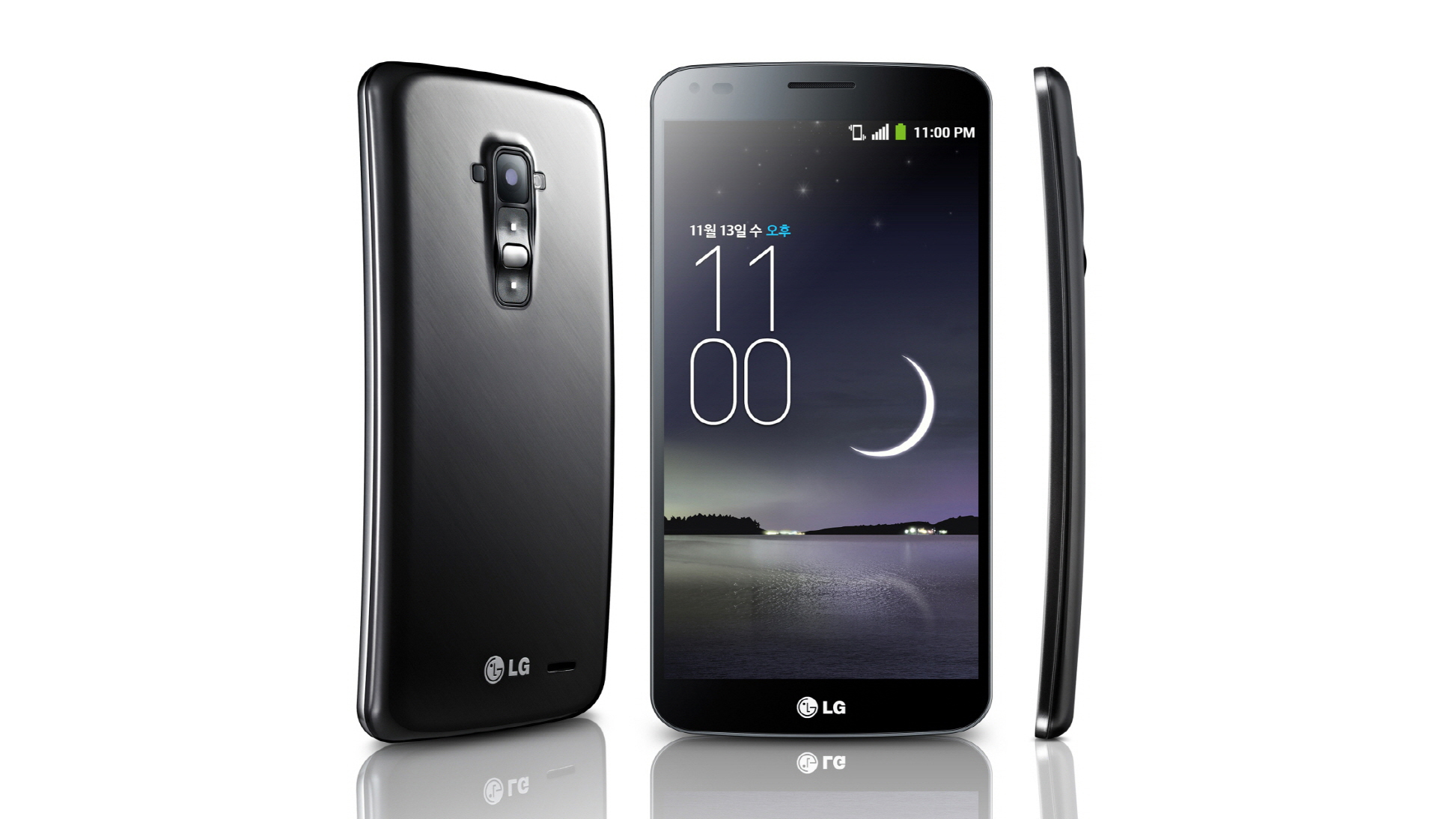Why you can trust TechRadar
The camera on the LG G Flex is excellent. It's a 13MP shooter, just like the LG G2, and it produces admirable results.
The camera software is still a little confusing at first, but once you fiddle with all the buttons and features for a while, you'll get the hang of it.
Each shooting mode on the camera comes with a brief description from LG, and you have the option to turn those tips off if you'd like (e.g. Dynamic Tone will tell you that it's an HDR feature and give you info on what HDR is).
Image quality is pretty good. Colors look natural, and edges and lines are sharp. Dynamic range is decent, but even better when you shoot in the aforementioned Dynamic Tone mode, or HDR.
Actually, HDR is very impressive on the LG G Flex. In the most extreme light/dark scenes, it manages to get a good amount of detail in shadow and highlight regions. I rarely see this kind of performance without terrible color reproduction or halos around edges, but the G Flex manages it quite well.
The software is also fast, so it's rare that you'll ever miss any shots. The time it takes to load up the camera is usually fast, and going from shot to shot is quick, too. There is even a burst mode if you're taking fast action shots.
You'll also have the ability to shoot still photos while you're recording video, which is nice if you want to keep a picture of the action while you're recording.
Sign up for breaking news, reviews, opinion, top tech deals, and more.
Here are some photo samples.
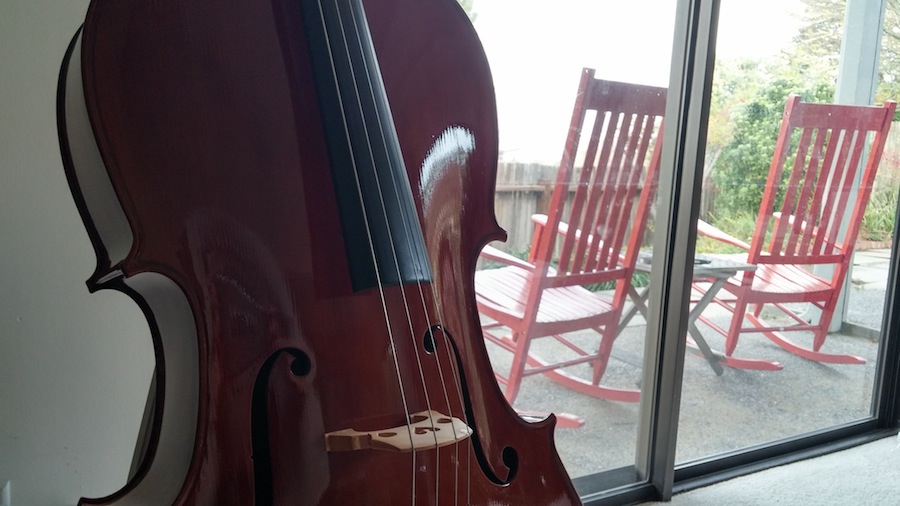
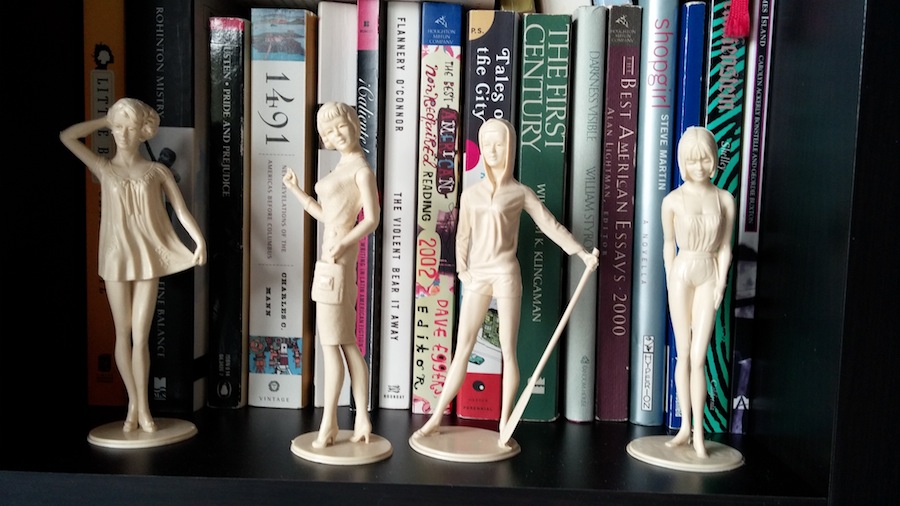
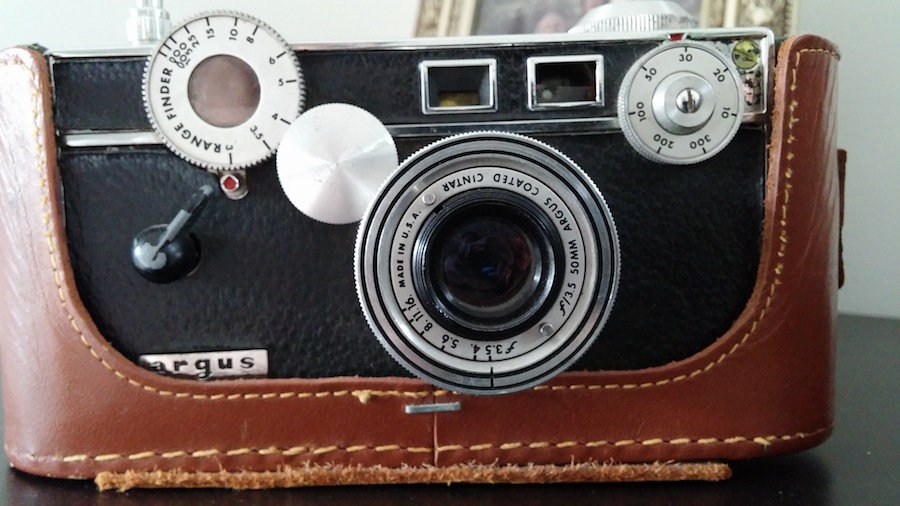
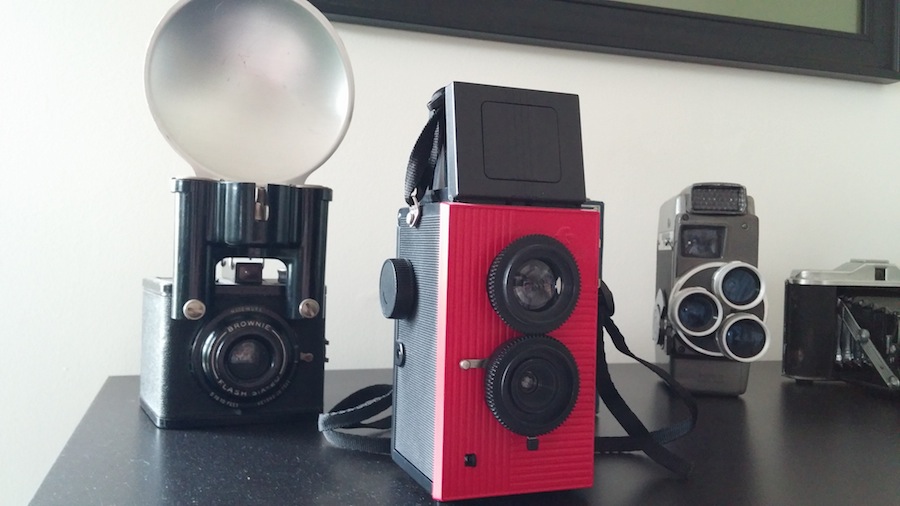
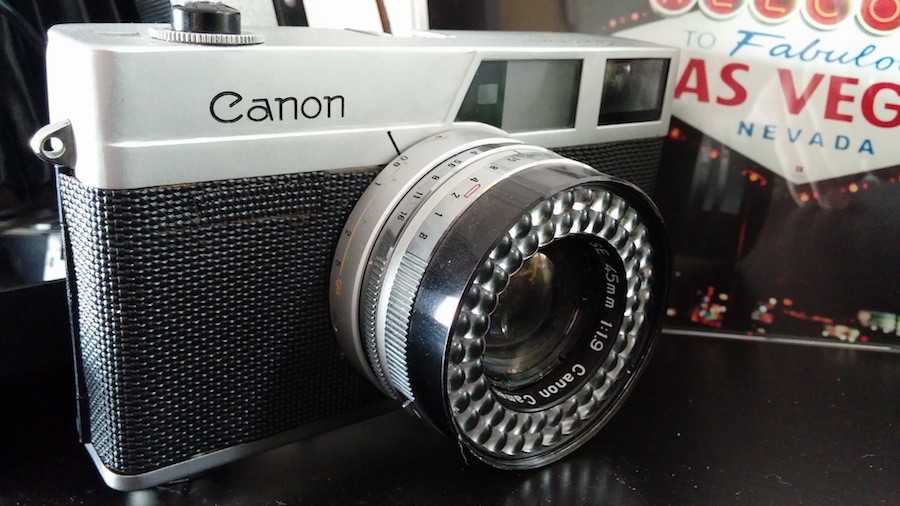
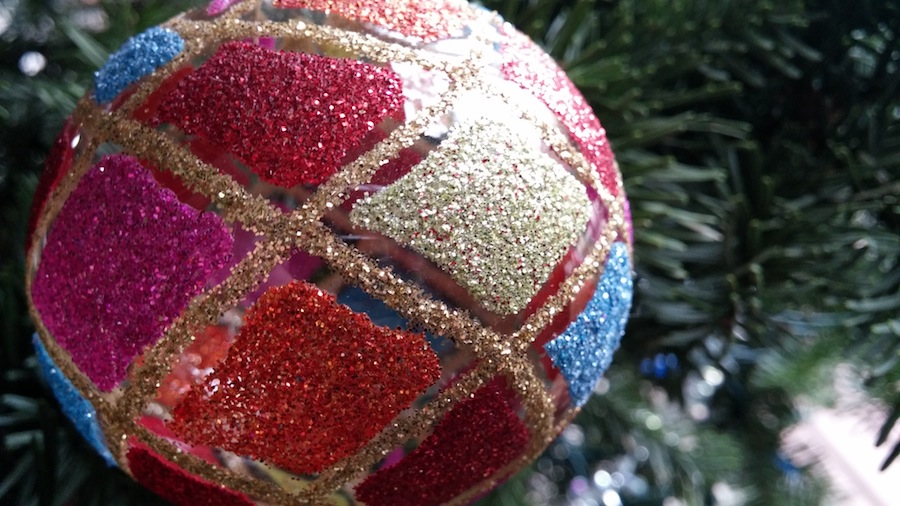
Video
Video quality is OK, but it could be a lot better. The LG G Flex records 1080p HD video at 30fps or 60fps, but you also have the option to record in 720p.
We're curious to know what, if any, image stabilization is at work when recording videos. They seem to be a little jerky, but they hold up quite when you're panning around.
Sound quality is decent, and LG gives you the option to really zone in on your sound source by zooming in that area. It's not the best combination of sound and video when it comes to creativity, but if sound is more important than video in those cases, it works decently.
